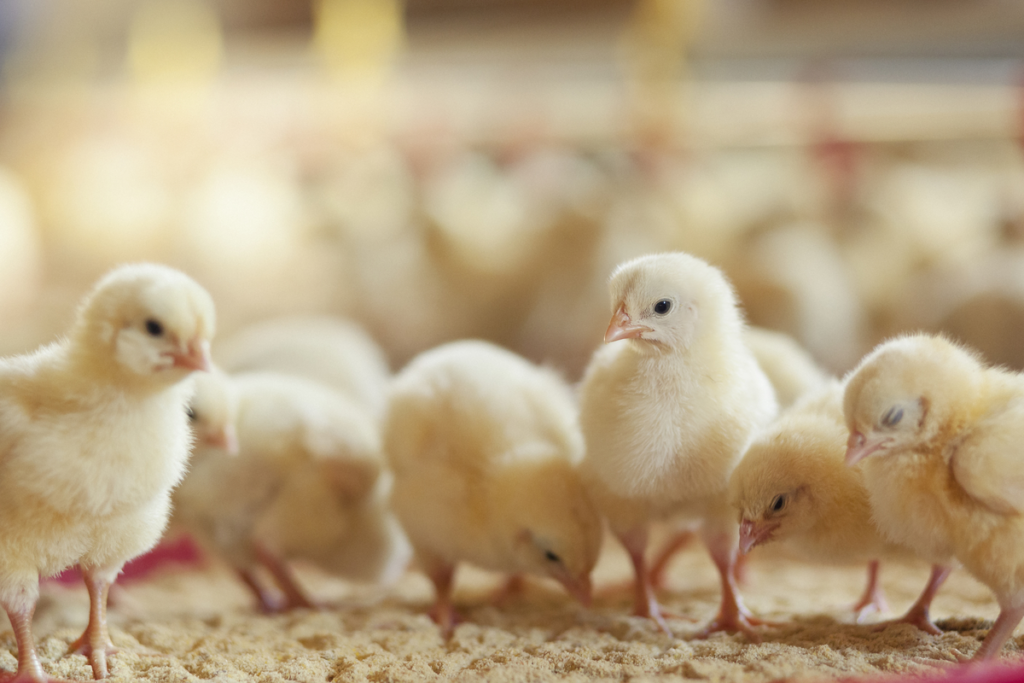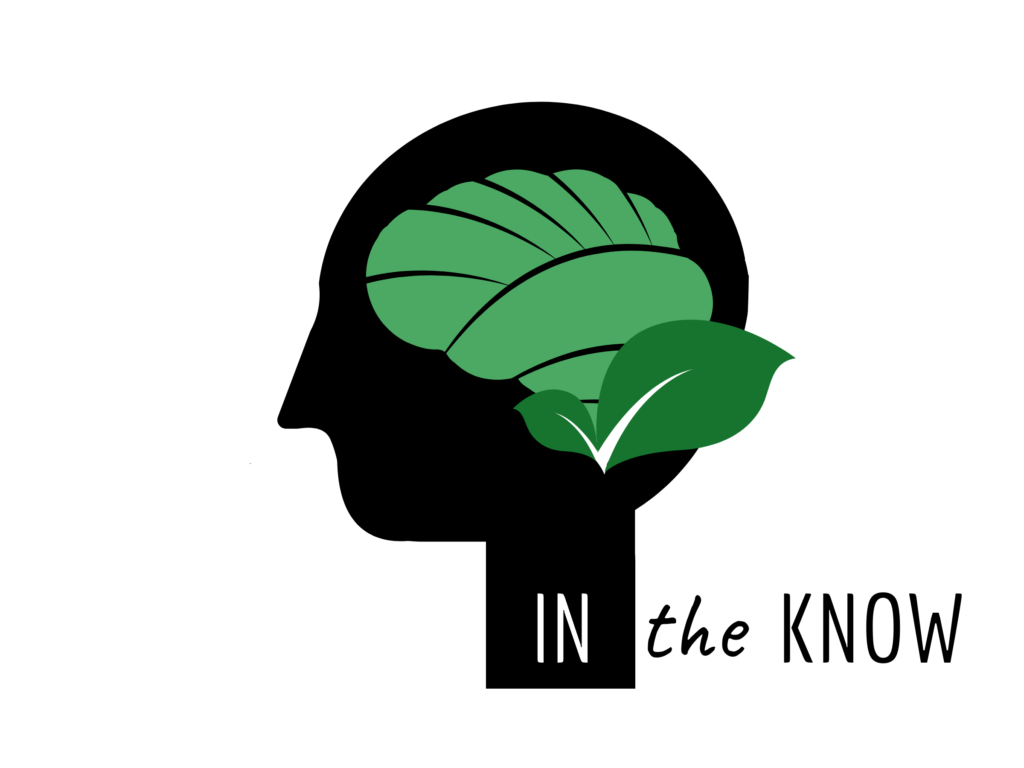
It Happened to One of Us
2021 Incident Summary
(Incident source: Alberta Occupational Health and Safety)
| Description | Injury Type | Age Range | Sector | WCB Code |
| Run Over | Fatality | Unconfirmed | Dairy | 1203 |
- Canadian Agricultural Injury Reporting (CAIR Reports) found that between 2003 and 2012 the top three machine types involved in run overs were:
- Tractors (62%)
- Motor vehicles (14%)
- Farm wagons/trailers (7%)
- The same CAIR Report found that the most frequent type of fatal run overs (50%) were operators being run over by the vehicle or machine they left running, unblocked, or turned on from the ground.
- Turning equipment off, setting the parking brake, and blocking or chocking the wheels of a vehicle or piece equipment are simple ways to prevent a run over on your farm.
CLICK HERE TO CONTACT US AT INFO@AGSAFEAB.CA
WE CAN ANSWER QUESTIONS, OFFER SUPPORT,
AND PROVIDE YOU WITH RESOURCES THAT WILL
MAKE SAFETY ON YOUR FARM PRACTICAL AND ACHIEVABLE.
Agricultural Operation Fined Following Incident
In October 2019, a worker was injured in an on-farm incident while harvesting corn in Manitoba. At provincial court in February 2022, it was reported that the employer pleaded guilty to a charge relating to training and instruction and was fined several thousand dollars.
While this incident did not occur in Alberta, it could have, and the outcome could easily have been the same. A report AgSafe Alberta received from Alberta Occupational Health and Safety (OHS) earlier this year showed an increase in the number of contacts between OHS and Alberta producers compared to previous years. These points of contact included complaints and incident investigations.
The times have changed, as did OHS legislation in December 2021, resulting in farms and ranches no longer being exempt from the OHS Code. Do not wait for something to happen before you start working on your farm’s health and safety program. You can ease into it by starting with the FARMERS CARE Level 1 program, or you can download the AgSafe Alberta FarmSafe Plan manual and workbook (Note: an updated version, which will reflect legislative changes, will be available soon). You can also reach out to us at info@agsafeab.ca for support.
FARMERS CARE Level 1
Alberta FarmSafe Plan: A Safety Planning Guide for Farms
Alberta FarmSafe Plan: A Safety Planning Workbook for Farms
Manitoba Co-operator: Farm accident sends harvesting company to court

Health and Safety Representative and Committee Training
If you have employees, you may be required by legislation to have a health and safety representative or committee on your farm.
AgSafe Alberta now offers health and safety representative and committee training online!
This training is free for a limited time only using promo code HEALTH22. Offer ends July 15, 2022.

Bird Flu Hazards
The bird flu, or avian influenza virus, has arrived here in Alberta. Some safety considerations to keep in mind if you are dealing with, or working to prevent, an outbreak on your farm are:
- While there is a risk to workers exposed to the virus, avian influenza A viruses do not typically infect humans (according to the CDC, only isolated cases have been reported). However, it is still important to take all appropriate hazard control measures (i.e., the use of properly fitted respiratory protective equipment).
- There will likely be an increased use of chemicals, such as disinfectants, on your farm.
- Anyone using these products should have WHMIS 2015 general training and farm-specific training.
- Ensure the people using these products have read the label and safety data sheet (SDS), know what the hazards of the product(s) are, and know how to handle, use and store them properly.
- The label and SDS will help you determine what the right type(s) of personal protective equipment will be.
- Take some time to look at your depopulation procedures. This can be thought of as a high-hazard task that is not performed on a regular basis. Ask yourself:
- Are only trained, competent people performing this task?
- Have the hazards been effectively controlled? Are these controls still appropriate and working?
- If you contract this out, how do you ensure the service provider or contract employer is doing it as safely as possible?
- This can be a high-stress period. Watch for signs of stress in yourself and others. While it may not be easy, self care is essential. We recommend reading the “Safety First, Last Thoughts” section of this newsletter as it talks about mental health for farmers and ranchers.
- Fatigue is going to be a factor for you and the people on your farm. Again, watch for it and take time for self care. There is no shame in taking a much-needed nap or asking for help from a friend or family member – even if it’s just someone preparing a nutritious meal for you, it can help a lot.
Here are some helpful resources from AgSafe Alberta:
Bulletin: Respiratory Hazards and the Avian Influenza Virus (Bird Flu)
Safety Aid: Filtering Facepiece Respirators Found on Farms
Growing Farm Safety Webinar Series: Waking Up to Fatigue Factors on the Farm
SAFETY FIRST, LAST THOUGHTS
Farmer Mental Health: Get In The Know For Yourself and Others

For some producers, 2022 has gotten off to a rougher than usual start. Higher than normal bee deaths, feed shortages, fertilizer shortages, chronic wasting disease and the avian influenza outbreak are all taking their toll. With COVID-19 restrictions lifting, AgSafe Alberta was recently able to have its first in-person In The Know workshop in 2022. The response and energy can best be described as revitalizing.
As producers, we are all too familiar with handling whatever storm arrives. While many of us have been paying close attention to some things around us, there are things many of us have missed. Taking the time to attend an In The Know workshop will help you spot things that are off and address them in a positive way. To organize or find an In The Know workshop near you, email info@agsafeab.ca or visit albertaitk.ca today.
Mental Health Continuum Model
Mental health is not simple, and our mental health can change depending on what we are dealing with at the time. Below is the Mental Health Continuum Model, which was created to help you recognize which phase you or someone else close to you may be in and the actions that may be helpful for that phase. The model contains arrows in both directions to note that people can move in either direction on the spectrum.
Note: This model is used by the Department of National Defence to help increase mental resiliency of soldiers, so they can better handle stressful and traumatic situations.

CONTACT US
For general inquiries: info@agasafeab.ca /403-219-
For our hotline for incidence assistance: 1-833-9AGSAFE
